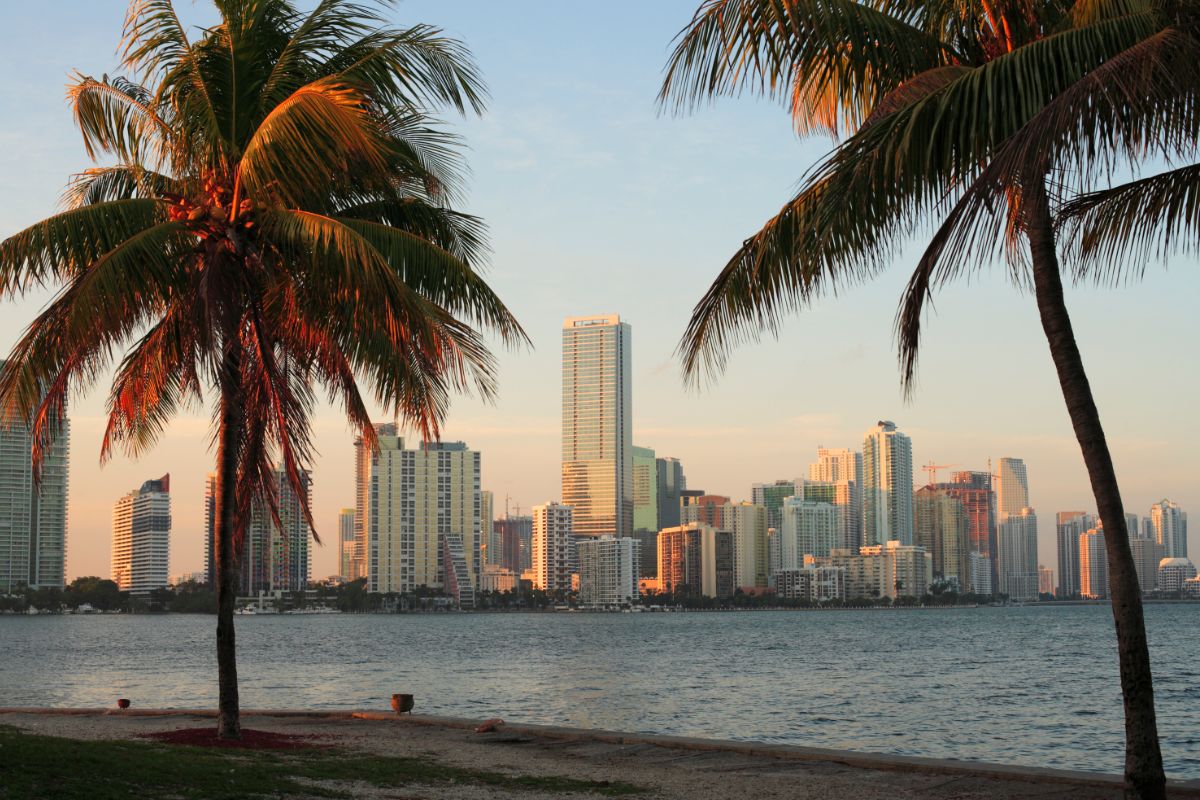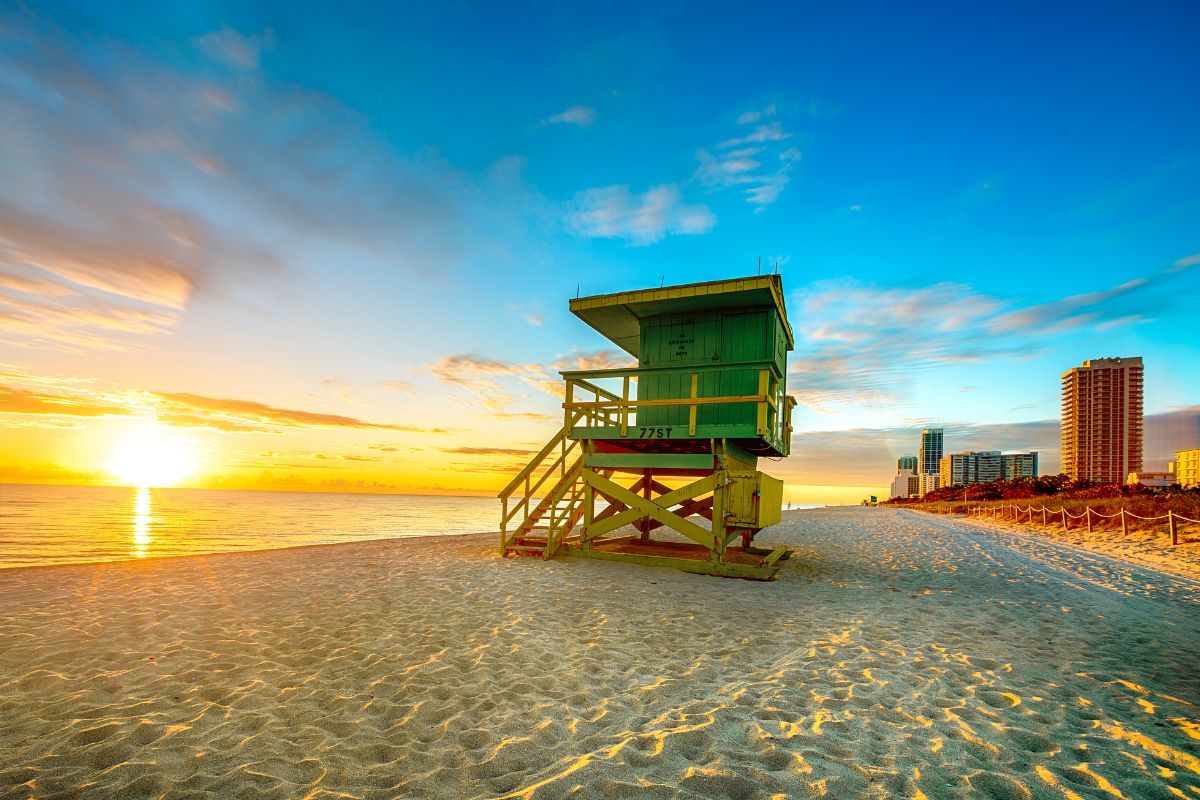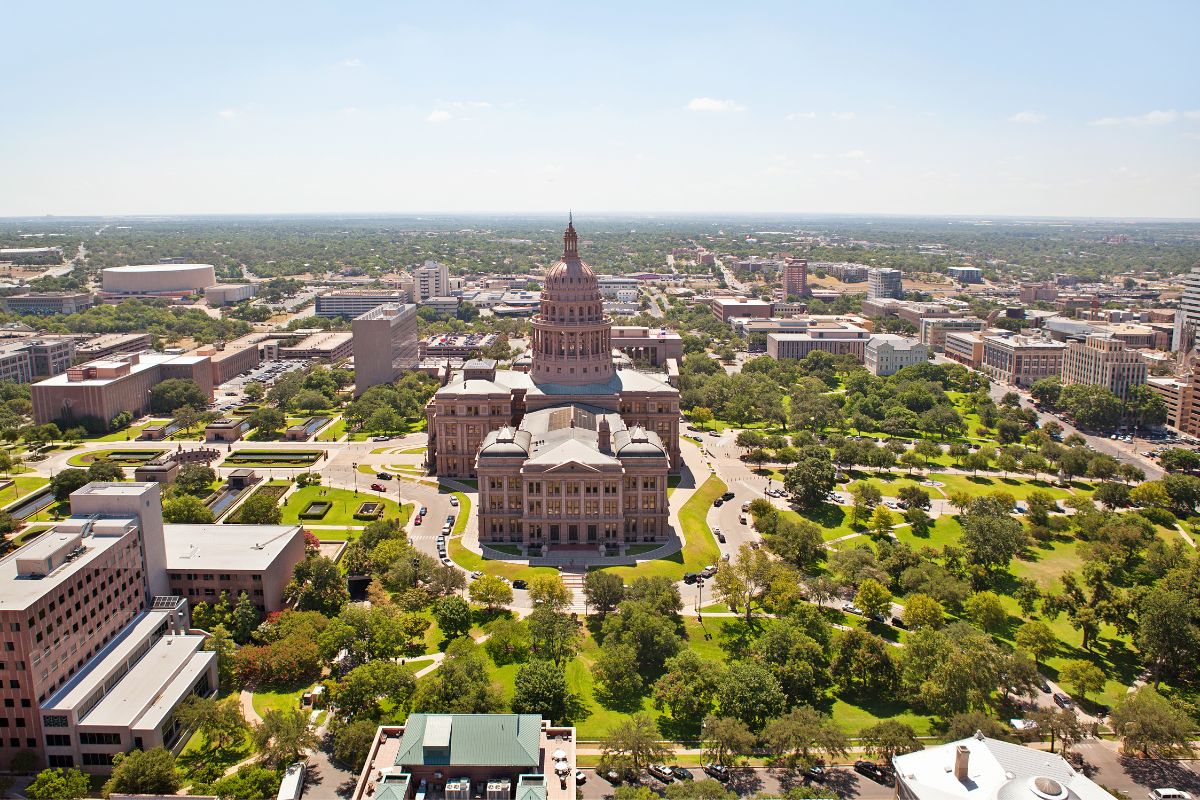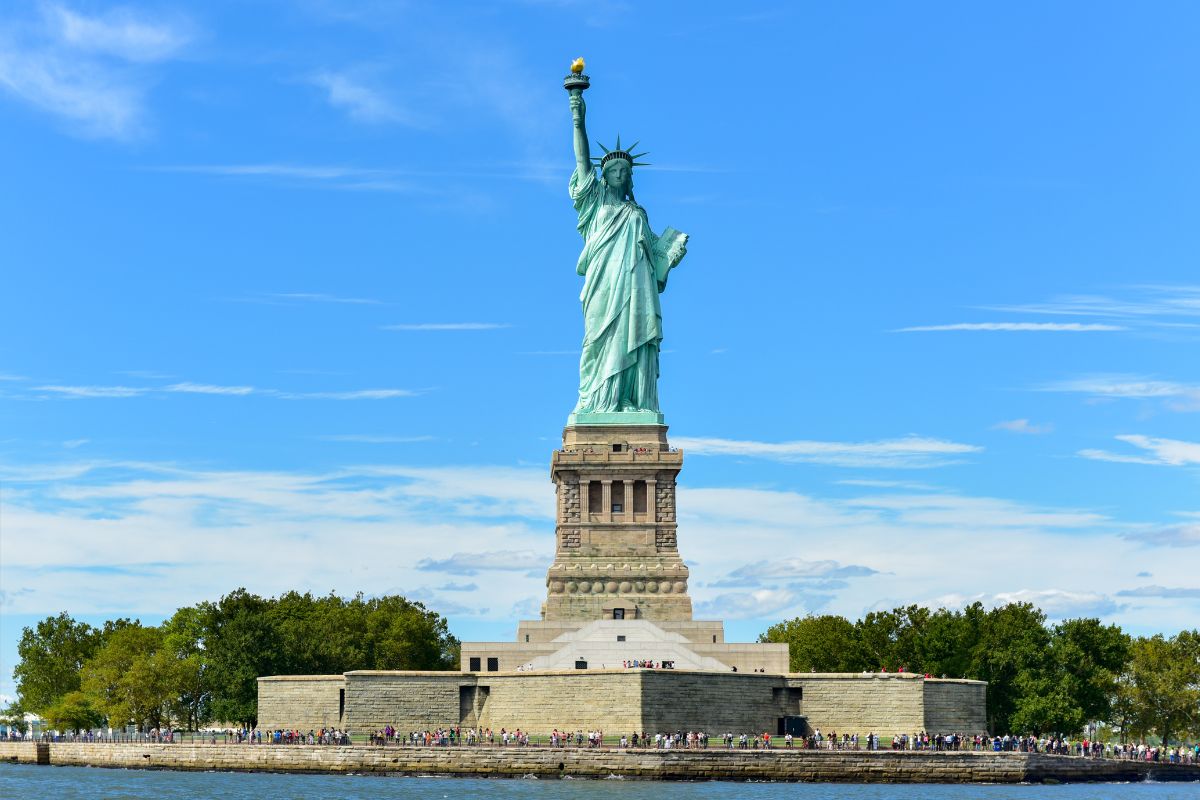Texas has a link with Germany which is celebrated among its citizens. The connection began in the middle of the 19th century. People migrated to Texas from Germany in significant numbers, taking elements of their culture with them.
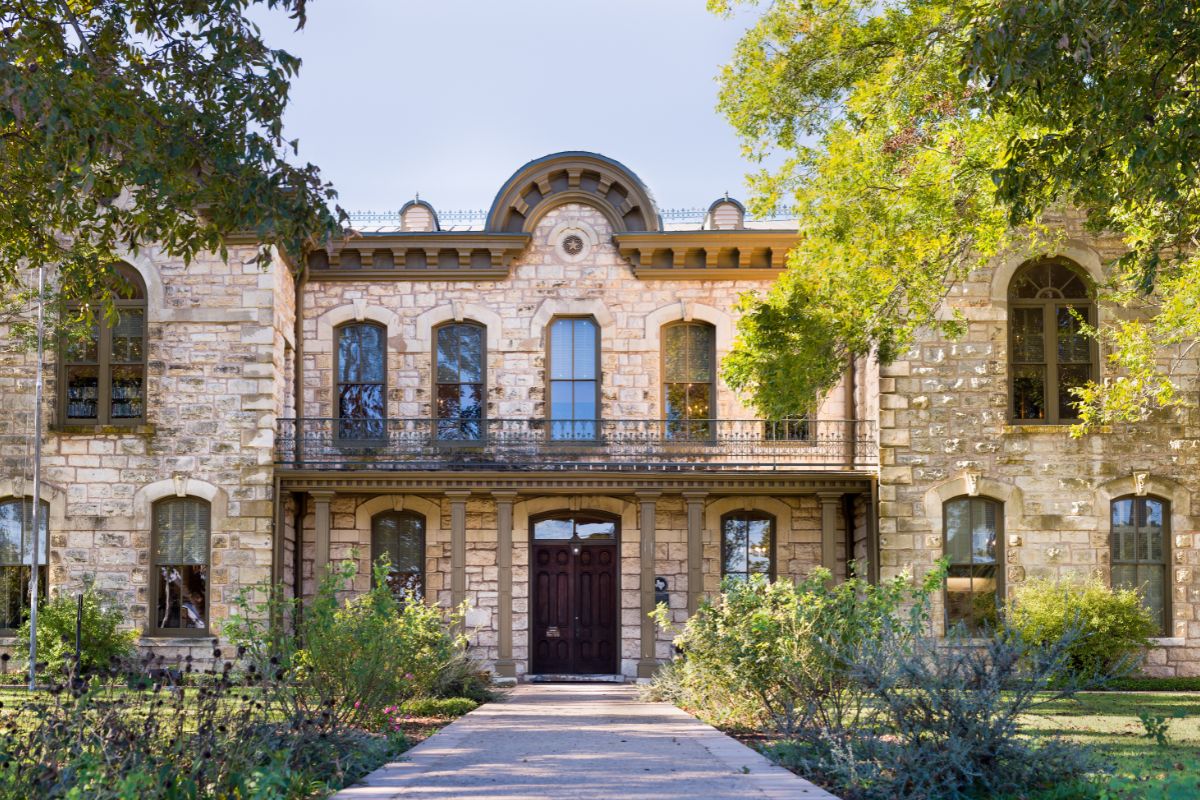
They brought their art, language, architecture, and smoked meats to Texas, creating lots of German towns in the state as they did so. The Texan German vernacular is still used in some smaller areas around Texas, though the quantity of speakers is fast decreasing.
If you’re thinking about learning about Texas’ German influence, keep reading. You’ll find the names of some beautiful and interesting Texan German towns below.
More About German Culture In Texas
In the 19th Century, Germany was a lot different compared to the country it is today. Germany was made up of many independent states which desired control.
Many clashes and challenges occurred in the country, which led to many Germans migrating to the United States, resettling in Texas in the middle of the century.
German people that came to Texas Hill Country intended to form a colonial settlement, or a new Germany, within the state. In 1842, the Germans developed the Adelsverein.
The term ‘Mainzer Adelsverein’ is the shorter translation of ‘Society for the Protection of German Immigrants In Texas’. The Germans settled within several German towns within Texas, most of which are located northwest of San Antonio.
Most of the citizens in these areas spoke German extensively until the Seventies. This is why a lot of towns have Deutsch elements in their names.
Now that you know a bit more about German culture within the Lone Star State, here are some interesting German towns to visit when you’re next in Texas!
Interesting German Towns In Texas
Here are some beautiful and unique German towns in Texas to visit. You’ll find that these areas look a lot less like Texas, and more like Germany’s picturesque rural landscape!
1. Fredericksburg
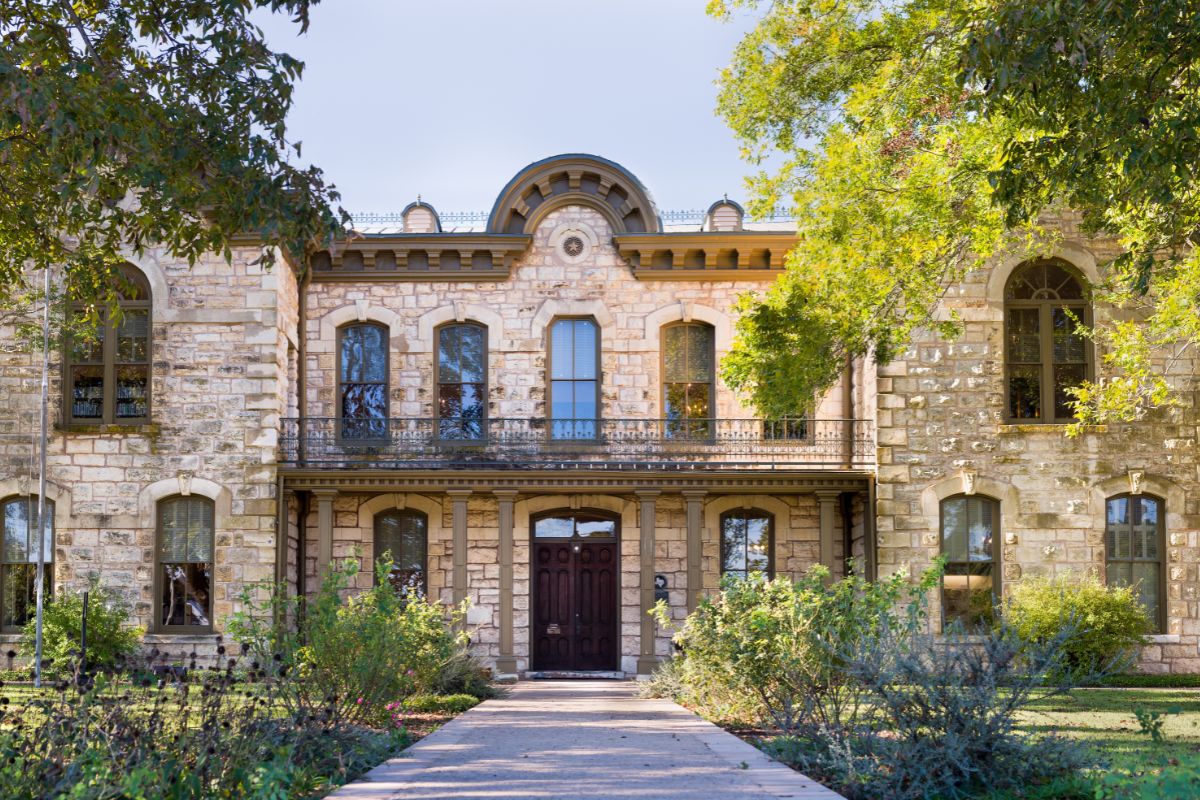
Fredericksburg is the most renowned German town in Texas. First established in 1846, Fredericksburg’s name came from Prussia’s Prince Frederick. The town kept a distinct German culture for a while, despite American and Texan elements making their way in.
German was spoken extensively for over a hundred years. Descendants of Fredericksburg’s first settlers even formed a new dialect, named Texas German. Fredericksburg’s German history is currently maintained in the Pioneer Museum, located on Main Street.
The area is home to historic structures which are full of relics. These antiques explain why Germans decided to move to this part of Texas, including what it was like when they first settled.
Fredericksburg’s German culture still has many Americanized elements, especially ones related to food and holidays. The celebration of Oktoberfest, an event that celebrates German culture, also takes place in the town.
Participants can enjoy the music, dirndls, and German meat cuisine. A lot of German restaurants are located on Main Street, popular among both locals and visitors.
You can try German specialties, like schnitzel and goulash at Der Lindenbaum, or opt for traditional Bavarian dishes, like sauerkraut and sausage, at Auslander.
Fredericksburg is also home to two breweries, Altstadt Brewery and Fredericksburg Brewing Company, which both produce German-style beverages.
Other things you can do in Fredericksburg include seeing the famous Willow City Loop flowers, heading out on a hike in Enchanted Rock, or visiting some highly-rated wineries on Main Street.
2. Boerne
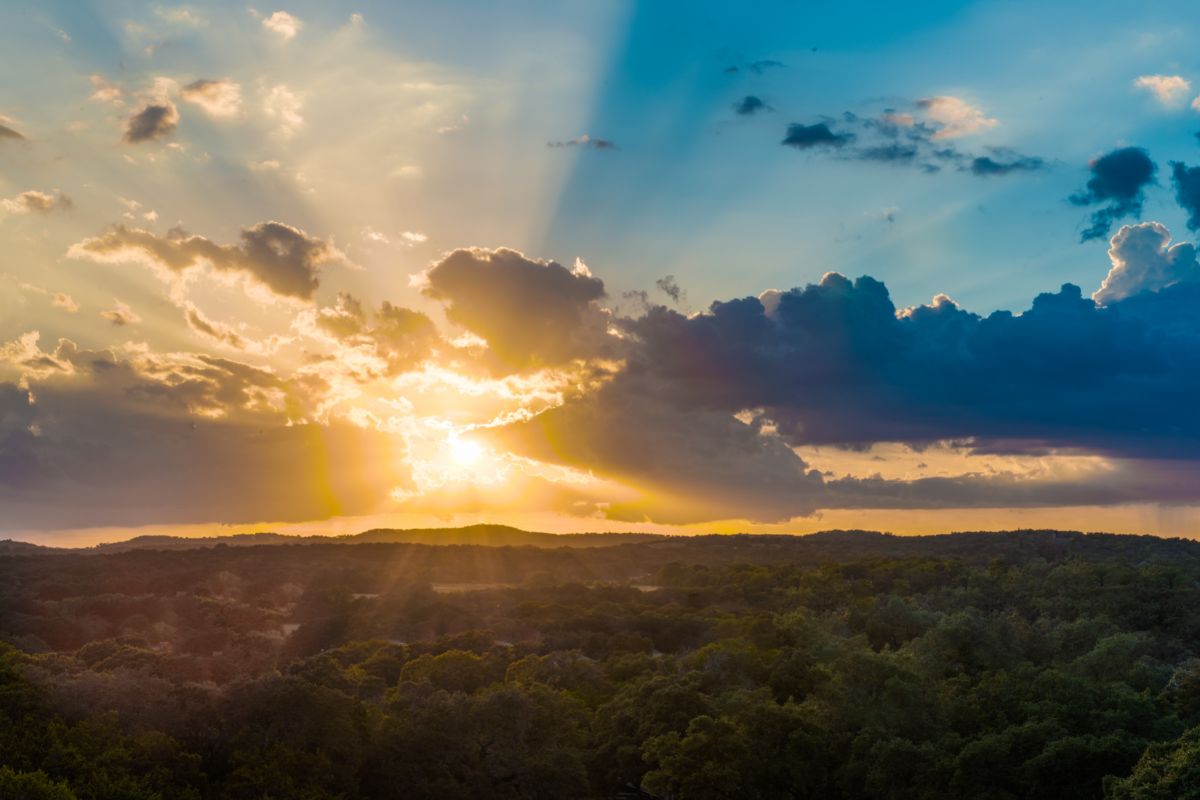
Boerne is a particularly beautiful German town in Texas. It has lots of historical sites, stores, breweries, and natural appeal to explore! The town began in 1849, after several German Free Thinker settlers named the area Tusculum, after Cicero’s home.
The town’s name changed to Boerne three years later, which comes from the German writer Karl Ludwig Börne. You can look at Boerne’s legacy at two primary places within the town.
One of these is Herff Farm, a protected homestead previously owned by Dr. Ferdininad Herff. This 1883 residence remains along with some other agricultural constructions. Herff Farm is currently used as a community garden, nature school, and home to a public farmer’s market.
The northern area of Boerne is home to the Kuhlmann King Historical Complex. This is a not-for-profit museum managed by the Boerne Area Historical Preservation Society.
The museum has two buildings that date back to the latter 19th century, displaying many historical items linked to the town’s history and its German settlers. You can see elements of German influence all around Boerne.
Visitors can eat German cuisine at Little Gretel Restaurant or shop at Dienger, a well-known café and clothing shop which was once a historical structure formed by a German innovator. Other than its German elements, Boerne is home to the Cibolo Nature Center.
This spans 100 acres, being home to six miles of hiking trails and four ecosystems. Tusculum Brewing Co. is a brewery named after Boerne’s original name, located on Main Street. You can also visit the Visiting cave Without A Name.
This cavern extends 80 feet beneath the earth and is packed with huge stalactites and stalagmites. The space is a little spooky, yet beautiful at the same time.
3. New Braunfels

German elements are visible throughout New Braunfels. Just a quick look at the street art and shop names throughout the area tells you a lot about the area’s history. New Braunfels is located roughly halfway between Austin and San Antonio.
Prince Carl of Solms Braunfels first founded the town in 1845, naming the new location after his German hometown. The town’s heritage is preserved in two main museums.
The first is the Sophienburg Museum, which records the lives of German pioneers that settled in the area.
Through preserved relics and first-hand records, the museum tells visitors about how the settlers contributed to the economy, industry, education, and traditions of New Braunfels. The second museum is the Museum of Texas Handmade Furniture.
This gives you an idea of the town’s heritage through several household products. Exhibits showcase relics created by the original European colonists, along with famed experienced carpenters.
The museum’s buildings give visitors a distinct idea of what life in the 19th century was like. Another one of New Braunfels’ popular features is the Gruene historic region. This is an attractive location that’s full of entertaining activities.
This area isn’t a museum, but its captivating historic structures attract visitors from all over the world. First founded in 1872, the Greune district is home to lots of 1800s structures which are home to lots of restaurants, home boutiques, and live music spots.
You’ll find Greune Hall at the center, which is Texas’ oldest and most famous dance hall. Well-known artists and musicians perform on its stage each week. You can find other elements of German culture within New Braunfels.
Visitors can enjoy German strudel, cookies, and treats from Texas’ oldest bakery, Naegelin’s. Krause’s Biergarten and Café also sells many German treats; often decorated with decorations and flags from various German areas.
4. Muenster
German settlers to north Texas first founded Muenster in 1889. The town was originally named Westphalia after the northwestern German district, but this title had already been taken within Texas.
The settlers then decided to name the town after the German capital of Westphalia, known as Münster. The German settlers in the area continued to speak German to maintain their ancestral history, but people began to speak German less when World War One came around.
Nevertheless, Muenster is a beautiful town that still retains elements of German heritage. You can visit Fischer’s Meat Market, an attractive partly timbered construction that offers high-quality cheese, meat, and imported beer for sale.
Anyone looking to experience full Bavarian culture can try German dishes from Rohmer’s Restaurant. This family-owned restaurant has been delivering tasty dishes as far back as 1953!
5. Luckenbach
Luckenbach is located 13 miles away from Fredericksburg. With just 13 residents, Luckenbach is the tiniest town in Texas! Just two buildings remain, a dance hall and a saloon/general store/ post office, but the town is still renowned for its country music.
The first German migrants that came to the town created the music site, Luckenback, in the mid-19th century.
Over a hundred years later, the town became famous after country music legends Willie Nelson and Waylon Jennings released the single, ‘Luckenbach, Texas (Back to The Basics Of Love).
The town rose in fame once more in the Nineties, as the country music scene developed and explored new horizons. Nowadays, Luckenbach still hosts live music each evening, encouraging visitors to take part and enjoy the atmosphere.
Even if country music isn’t your thing, Luckenbach is a town that’s bursting with history, as well as enjoyable live-music events that entertain a range of different ages.
6. Comfort
Comfort’s name originates from 1854, as several German settlers traveled to the area from New Braunfels. The gorgeous scenery and water features led to the visitors calling the town ‘Camp Comfort’. The abolitionist and Free Thinking settlers decided to make the town their home.
These German settlers and their surviving generations produced durable and long-lasting structures. In the modern age, central Comfort is listed on the National Register of Historic Places, being home to the most preserved historical enterprise zone within Texas.
A lot of structures around Culture have historic signs that tell us more about who owned and built the buildings, as well as what their intended use was.
Many of the historic sites are now businesses that are accessible to the public, which are all easily found on Main Street and High Street. Other than its German culture, Comfort houses a saloon that dates back to 1891.
This has since been turned into The Elephant Story, a gift, jewelry, and clothes store which donates the proceeds to save Asian elephants. You’ll also find the Hotel Giles in this area.
This building was first built in 1880 and was home to Peter Ingenheutt’s family, one of Comfort’s founding families. Comfort’s population consists of roughly 3,000 people, but despite it being a small town, there are lots of activities to take part in!
Comfort has lots of shops and restaurants, as well as two winery tasting areas and a distillery. Many people enjoy browsing through the town’s 8th Street Market, looking through the vintage, arty, and recycled items.
You can also look at modern art at Studio Comfort, all pieces made by Texan artists. Comfort’s outlying areas have some interesting roadside crowd-pleasers. The Cartoon Saloon is popular among visitors.
This isn’t a real saloon, but it is a nice place to take a break while on the road. You can also find the Hygeiostatic Bat Roost, a place created for bats that fight malaria-carrying mosquitos.
7. Schulenburg
This little town is popular with visitors due to its preservation of German culture. Over 150 years after the town was first founded, Schulenberg houses beautiful painted churches, tasty food, and other interesting German elements.
Schulenberg was developed by several German, Czech, and Austrian migrants. Their most notable heirlooms are Schulenburg’s painted churches, which attract visitors from all around the state.
These beautiful churches were designed to mimic the magnificent churches the migrants left back in Germany. The structures were painted with rich, intricate painting methods, instead of Central Europe’s traditional marble and gold.
At first glance, Schulenberg’s painted churches don’t seem that special, but when you enter, you’ll be taken aback by the extraordinary artwork inside the building. The churches are packed with twisting ivy, huge statues, and pretty pink and blue skies.
The paintings were all hand-crafted, most of which are older than a century. Other than the churches, Schulenburg has a few museums which emphasize various facets of the area’s history.
The town’s Historical Museum showcases relics and photos donated by resident families. These display the lives of the early German settlers and their surviving families. Another notable museum is the Stanzel Model Aircraft Museum.
This covers the Stanzel family home, an 1800s property with distinct period features. The museum also features exhibits about Joe and Victor Stanzel, two brothers that designed and created impressive model airplanes.
Food-wise, Schulenberg’s locals are known to love the Oakridge Smokehouse. The fusion restaurant blends classic German foods, like sauerkraut and sausage, with Texas BBQ.
The town also hosts the yearly Sausage Fest every April, an event that celebrates German and Czech culture. Activities include polka music, wine tasting, and a sausage cook-off. If you’re visiting the town in April, It’s certainly a must-see!
Final Thoughts
Now you know more about some of Texas’ most interesting German towns! We hope that you take the time to visit a few of these when you’re next in the state, as well as take the time to learn more about Texas’ German heritage!
- The 10 Most Dog Friendly Hotels in Glasgow: A Comprehensive Guide for Pet Parents - September 29, 2023
- The 8 Best Dog Friendly Hotels In Liverpool For You And Your Dog - September 25, 2023
- The 8 Best Dog Friendly Hotels In Weymouth For Your Coastal Trip - September 23, 2023

